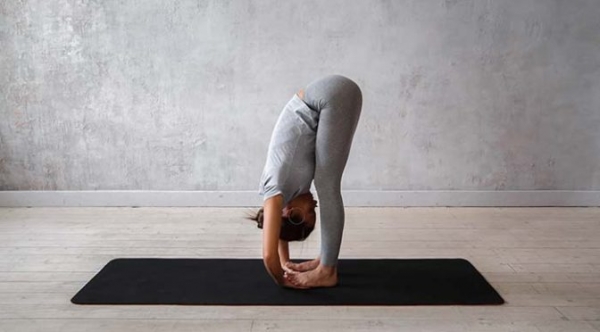Do you find that you often have back or joint pain? Has anyone ever told you that you have terrible posture? The two are connected, and both have a lot to do with your feet.
Improper foot alignment can cause an array of problems, but you don’t have to live with them forever. Here are some quick tips on how to fix your posture by focusing on your feet.
How the Feet Work
Before you can learn how to fix your posture by focusing on your feet, it is important that you understand the feet themselves. Each foot has 26 bones, 33 joints, and more than 100 muscles, tendons, and ligaments. The foot is divided into three parts: the hind foot (the ankle bone and the heel bone), the mid foot (a group of five irregular bones in the arch of the foot), and the forefoot (the metatarsals and toes).
Our feet move in different ways:
- Plantar flexion of the ankle, which occurs when you stand on tiptoes. If you’re sitting with your legs out in front of you, plantar flexion of the ankle happens when you point your toes.
- Dorsiflexion, which occurs when you stand on your heels with the balls of your feet lifted off the floor. If you’re sitting, dorsiflexion happens when you push your heels away from you and pull your toes toward you.
- Supination, which takes place when you stand with your weight rolled onto the outer edges of your feet, lifting the arches and the base of the big toe. Non-weight bearing supination happens when you sit with your legs out in front of you and turn the soles of the feet so they start to face each other.
- Pronation, which happens when you lift the outer edges of your feet as you stand, collapsing your arches. In sitting postures, pronation occurs when you press out through your inner heels and the bases of your big toes.
Correct distribution of weight in your feet can help give your body optimal postural alignment.
Common Problems and How to Fix Them
Two of the most common foot problems that can affect your posture are pigeon toes and duck feet.
Pigeon Toes
Cause: Weak glutes (butt muscles) and overactive tensor fasciae latae (outside of your hip).
Fix: Lie on one side with your knees bent 90 degrees and your heels together. Keeping your hips still, raise your top knee upward, separating your knees like a clamshell. Pause for five seconds, then lower your knee to the starting position. That’s one rep. Perform two or three sets of 12 reps on each side daily.
Duck Feet
Cause: Weak oblique muscles and hip flexors, and overactive piriformis and the other deep external rotators (muscles really deep in your hip attaching the femur to your sacrum).
Fix: Get into a push-up position with your feet resting on a stability ball. Without rounding your lower back, tuck your knees under your torso, using your feet to roll the ball toward your body, then back to the starting position. That’s one rep. Do two or three sets of six to 12 reps daily.
Making Small Changes
While exercising your feet can definitely help with your overall posture, you should also consider making small changes to your everyday life. Some of the things that you can do include:
- Being aware—take a while to study how you stand, or have your doctor on your next visit look at your legs and their alignment. A yoga therapist, chiropractor, or podiatrist with an extensive background in anatomy and physiology can do this for you, as well.
- Make adjustments—your body might just need a change in how you walk. For example, if you notice you walk more toward your instep, adjust how you walk on your own. Find that correct distribution of weight and movement in your feet.
- Build muscle strength and relaxation—if you have fallen arches, those muscles might be weak, work on them with yoga poses specifically targeting those muscles in the lower legs. In turn, some muscles may be too strong, pulling your leg and pelvis in a certain direction. Work on relaxing those in addition to building strength in your weaker sections.
- Use traction exercises—traction, when done manually with a strap or belt, can be a great way to gently work your problem areas back to their most favorable shape, strength, or position.
- Walk barefoot—our feet were made to walk just as they are. Putting them in heels or tennis shoes brings the foot into an unnatural shape, no matter how much they are advertised to be good for walking, running, or any other activity.
- Try not to rely on insoles—you can have customized insoles for your shoes, and although they do make you feel better when you wear your shoes, they can’t always completely fix the problems that you’re having.
- Be kind—treat your feet with kindness. Remember to massage your feet to release tension. Using a hard rubber ball under the soles and moving the foot back and forth works wonders.
Treating Improper Posture with Dr. Vikki
Since fixing the way your feet take your weight can help correct your overall posture, it is important that you have your feet properly examined by an experienced podiatrist. Book an appointment with Dr. Vikki and Dr. Connie today, so that they can help you get your feet back on the right track.
